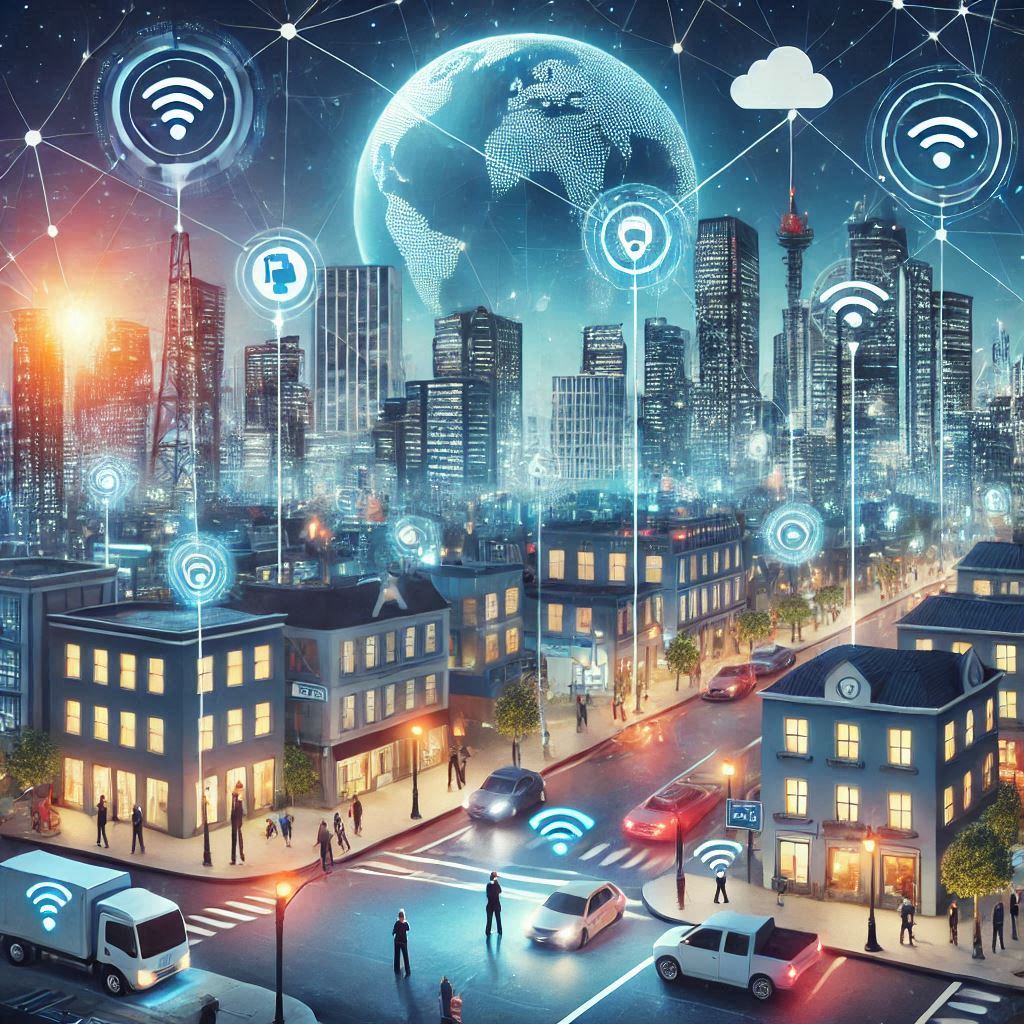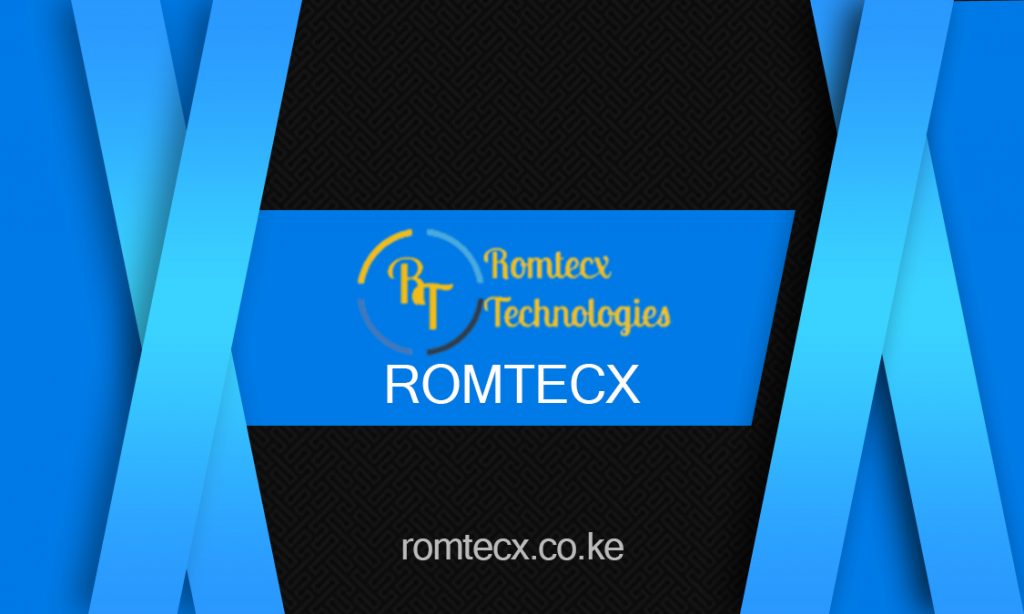IoT is a topic in the emerging Technologies in Kenya. The Internet of Things (IoT) is transforming how we interact with the world by connecting everyday objects to the internet, enabling real-time data collection and communication. IoT is not just a buzzword; it is a powerful tool driving innovation, efficiency, and development globally. In Kenya and the broader East African region, IoT is unlocking immense potential across various sectors.

Applications of IoT in Kenya and East Africa
1. Agriculture
Agriculture is the backbone of many East African economies, and IoT is revolutionizing this sector. Smart sensors and connected devices help monitor soil moisture, weather conditions, and crop health. For example, farmers can use IoT-enabled irrigation systems to optimize water usage, increasing crop yields and reducing costs. Platforms like DigiFarm in Kenya are already providing small-scale farmers with access to IoT solutions.
2. Healthcare
IoT has the potential to improve healthcare delivery in the region. Remote patient monitoring devices can collect real-time health data, enabling timely medical interventions. This is particularly impactful in rural areas, where access to healthcare facilities is limited. Smart medical devices and IoT solutions are being integrated into health management systems to enhance service delivery.
3. Smart Cities
Urban centers like Nairobi, Kampala, and Dar es Salaam are adopting IoT solutions to manage traffic, energy, and waste more effectively. IoT-enabled traffic management systems can monitor congestion and provide real-time updates to commuters, reducing travel time and improving productivity. Smart meters for electricity and water are also helping to track consumption and reduce wastage.
4. Wildlife Conservation
Kenya, known for its rich wildlife, is leveraging IoT to protect endangered species. Connected sensors and GPS tracking devices are used to monitor the movement of animals, helping to combat poaching and manage wildlife habitats effectively. IoT is playing a crucial role in conserving biodiversity in national parks and reserves.
5. Financial Inclusion
The fintech revolution in East Africa, driven by platforms like M-Pesa, is benefiting from IoT integration. Connected devices enable secure, seamless mobile payments and financial transactions. IoT is also being used to provide access to microloans and insurance products, empowering small businesses and individuals.
6. Energy and Utilities
IoT is enhancing the management of energy resources in the region. Smart grids and IoT-enabled energy meters help utilities monitor and optimize power distribution, reducing outages and increasing efficiency. Solar energy companies are utilizing IoT to track performance and ensure the sustainability of off-grid systems.
Challenges and the Way Forward
While IoT offers tremendous opportunities, challenges such as high implementation costs, inadequate infrastructure, and cybersecurity concerns persist. Governments, private sectors, and development organizations must collaborate to address these issues. Investments in affordable internet connectivity, IoT education, and local innovation will be critical in ensuring the region fully benefits from IoT advancements.
Conclusion
The Internet of Things is a game-changer for Kenya and East Africa, offering solutions to critical challenges and driving socio-economic growth. By harnessing the power of IoT, the region can leapfrog traditional development pathways and build a future that is smart, sustainable, and inclusive.

https://techcrunch.com/tag/tim-cook
For all your I.T needs, https://romtecx.co.ke/products and more emerging technologies in Kenya
